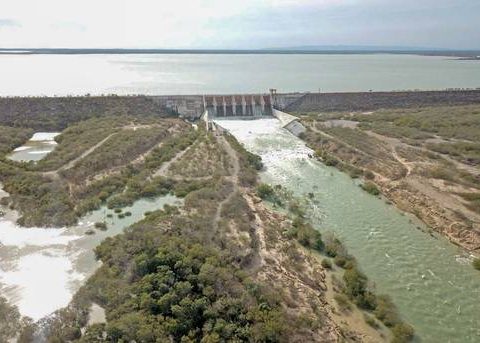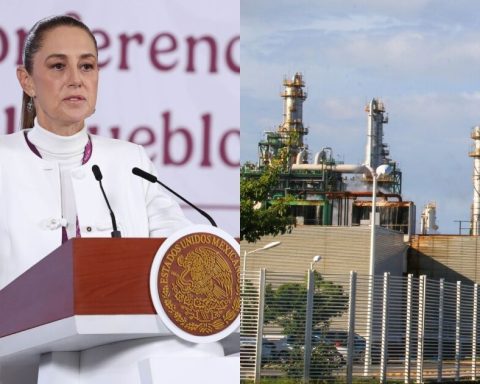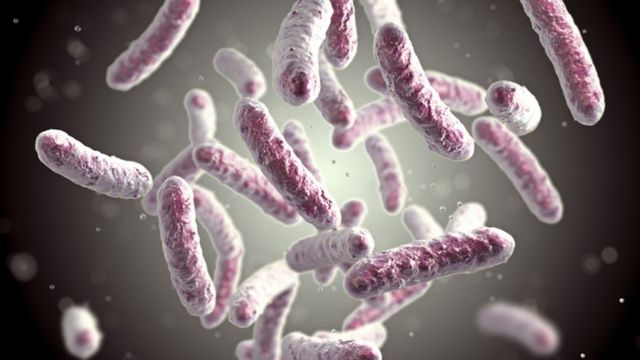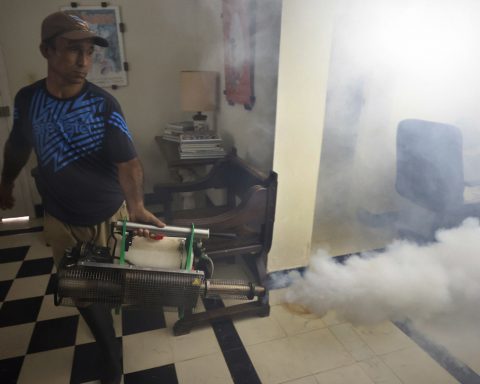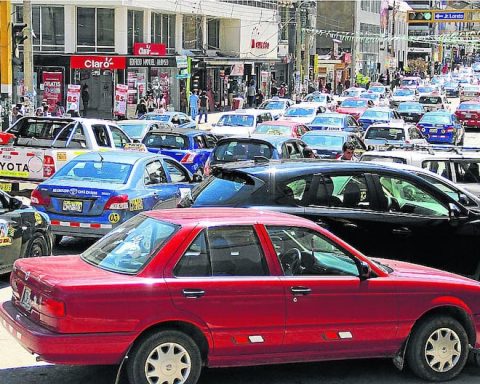The climate change it does not create new diseases, but amplifies and redistributes existing ones and this influences the characteristics and health conditions of a given population. We refer to the increases in mortality and disease that are directly caused by the increase in extreme weather events, heat waves and cold, the droughtsthe floodsthe forest fires and the aggravation of air pollution.
But we must also take into account the indirect effects of the climate emergency, which produces ecosystem changes –spread of diseases transmitted by vectors such as mosquitoes/ticks or reduction of the availability and quality of water– and in social systems –reduced food production and food insecurity, reduced work capacity, deteriorating mental health, climate migration, increased pressure on health systems and infrastructure–. For all these reasons, it can be said that the climate emergency is a public health crisis.
If we look at inequalities, all populations are exposed to the negative health impacts caused by climate change, but there are circumstances that increase vulnerability such as geographic location and socioeconomic inequalities, also increasing health inequities.
The impact differs completely depending on the socioeconomic level of the affected geographical area and, therefore, on the pre-existing health conditions of its population, contributing significantly to a worsening of general health conditions and the chronification of certain diseases, for so we should change the way we should look at the protection of vulnerable populations.
The different incidence in the different regions, in people with different socioeconomic levels and the possibility of adapting to the changes produced will be essential for populations to minimize the health impacts derived from global warming.
Groups of special susceptibility are the elderly, women and children, people with low income levels, people with chronic diseases (cardiovascular and pulmonary, mental, obesity, neurological) or outdoor workers, for example.
In Spain, with high probability, the increasingly intense heat waves, the increase in the effects attributable to atmospheric pollution, the increase in the frequency of forest fires and droughts will be the impacts that have the greatest consequences at the health level.
Adapt epidemiological surveillance to climate change
In the cities, these health effects can be aggravated, especially due to the greater existing socioeconomic differences, the inadequate housing conditions and the greater exposure to atmospheric pollutants. Populations with low purchasing power generally live in worse housing in the center of cities, increasing their vulnerability to high temperatures. We should be able to identify the target population through home help services, telecare and social centers.
The main problem we face is that our epidemiological surveillance systems are not yet specialized in quantifying these causes associated with the impacts of climate change and attributing them correctly. It is necessary to implement alert and surveillance systems that integrate all the impacts derived from climate change that affect the same place simultaneously.
For example, this summer the records of burned area have been broken and no epidemiological system is quantifying the associated health effects, not only short-term worsening of respiratory problems but, in the long term, worsening of cardiovascular disease or mental illness. associated with post-traumatic stress, anxiety, depression, adherence to treatment, etc.
It is the responsibility of the competent administrations to articulate the mitigation and adaptation measures that are necessary to prevent the impact of climate risks on the vulnerable population from increasing. In addition, these risks must be managed appropriately to minimize the effects on health. Among the adaptation measures is the design of implementation of local prevention plans adapted to each geographical area based on its sociodemographic characteristics.
Regarding the impacts of heat waves, for example, adaptation involves investing in the creation of public climate shelters and redesigning cities to reduce, especially, the thermal island effect, which can be achieved through different strategies such as increase the albedo (percentage of radiation that any surface reflects with respect to the radiation that falls on it) of buildings and the ground; include roofs or green roofs; increase green areas such as parks or trees, and create “blue areas” such as lakes, fountains or ponds.
National and local plans facing critical moments
From the point of view of health, it would be necessary to prepare, develop and implement integrated national plans for adaptation to climate change in health. This implies the geographical detection of vulnerabilities according to their degree of impact. Going down to the local level is essential to adapt to the heterogeneous sociodemographic characteristics of the population and carry out risk assessments of the effects of climate change at the local level in relation to population health factors.
It is about designing and developing integrated plans that address the synergistic impacts on health of different environmental factors that enhance the impacts of climate change (atmospheric pollution, dust intrusions, droughts, forest fires, etc.), instead of being addressed individually, reinforcing the health system and health infrastructures so that they are resilient to the impacts of the climate crisis.
You have to learn to manage these risks through specific programs so that health services can continue to protect the population even in critical moments.
If something has become clear in the adaptation to extreme temperatures, it is the key role played by environmental education in the development of the so-called “heat culture”. Spending on environmental education and health education programs and activities related to the adaptation of the population to climate risks should be increased, explaining not only what is happening, but why this climate crisis has occurred and reporting the many co-benefits of climate action on the well-being of populations.
It is a reality that IPCC reports are increasingly discouraging in that some limits of no return have already been exceeded, even earlier than forecast, but for every tenth of a degree that is reduced, the increase in temperatures is relevant to minimizing all the impacts of climate change .
It is important to convey to society that climate action, through adaptation, mitigation and risk management, has very important direct and indirect benefits on the health of people and communities, and can prevent and avoid diseases and deaths related to climate change, saving the lives of millions of people. Maybe that’s how we react.
This article was published originally by SMC Spain.
Cristina Linares-GilCo-director Unit of Reference in Climate Change, Health and Urban Environment, Carlos III Health Institute and Julio Diaz, Co-director of the Climate Change, Health and Urban Environment Reference Unit. Research Professor. ISCIII, Carlos III Health Institute
This article was originally published on The Conversation. read the original.



